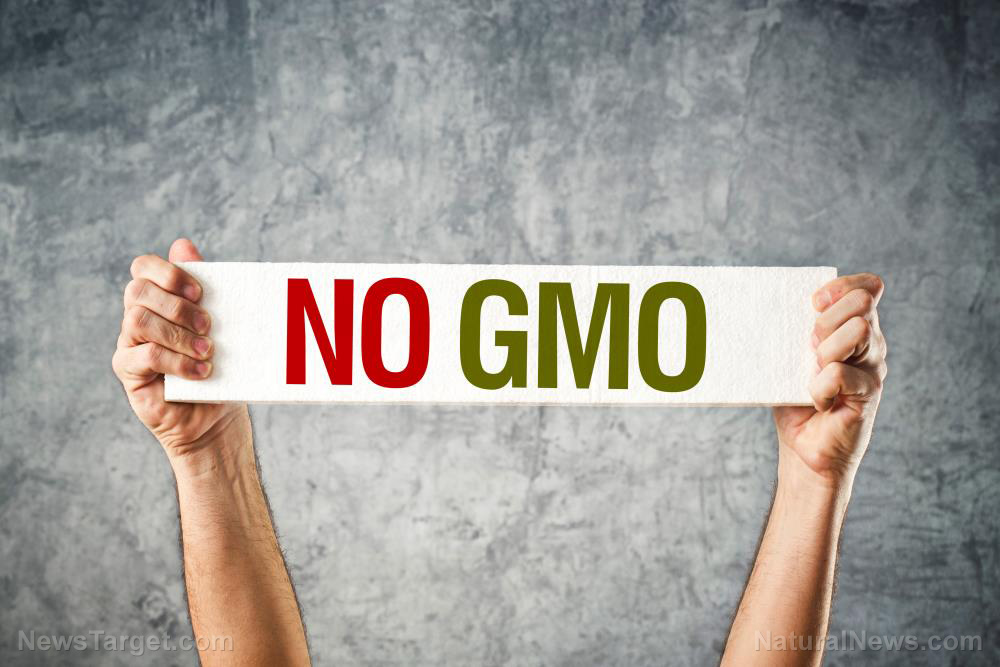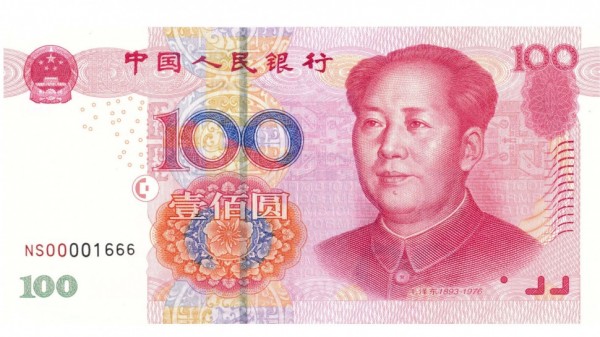 Parler
Parler Gab
Gab
USDA lets companies disclose GMO food via QR code rather than on product labels
Corn, soy and oats are foods that are often GMO, so it is important to be especially vigilant when researching which foods to buy. However, with current USDA labeling regulations specifying that GMO status does not have to appear on the package and can be listed in digital QR codes instead, it is hard to know exactly what you’re getting. Not everyone uses a smartphone, and in some grocery stores, the signals tend to be weak, making it difficult for people to scan the codes and obtain meaningful information about the products while they are shopping. In September, the Center for Food Safety filed a legal appeal against the USDA over its GMO labeling rules, which do not mandate clear GMO labeling on food product packages. This is how companies like Mission can get away with fooling customers who aren’t willing to take the extra steps needed to find out what is really in their food. The move came after a 2022 district court ruling on a lawsuit filed by the group against the USDA that found the practice was unlawful. Despite this ruling, the court refused to vacate the USDA’s decision to allow the information to be accessible only via QR codes. Consumers should also keep in mind that the USDA now allows food manufacturers to use the term “bioengineered” instead of the more widely understood term “GMO” in yet another effort to obscure the true composition of their foods. Enforcement of GMO labeling is largely carried out by complaints; consumers may file complaints with the USDA if they think that a food manufacturer or retailer is failing to disclose a GMO food, and the agency will decide if it is worth investigating. This makes it even easier for food companies to avoid being up front with consumers. Sources for this article include: CenterForFoodSafety.org NebraskaPublicMedia.org MissionFoods.comBy Richard Brown // Share
By Arsenio Toledo // Share
Governments continue to obscure COVID-19 vaccine data amid rising concerns over excess deaths
By patricklewis // Share
Tech giant Microsoft backs EXTINCTION with its support of carbon capture programs
By ramontomeydw // Share
Germany to resume arms exports to Israel despite repeated ceasefire violations
By isabelle // Share










